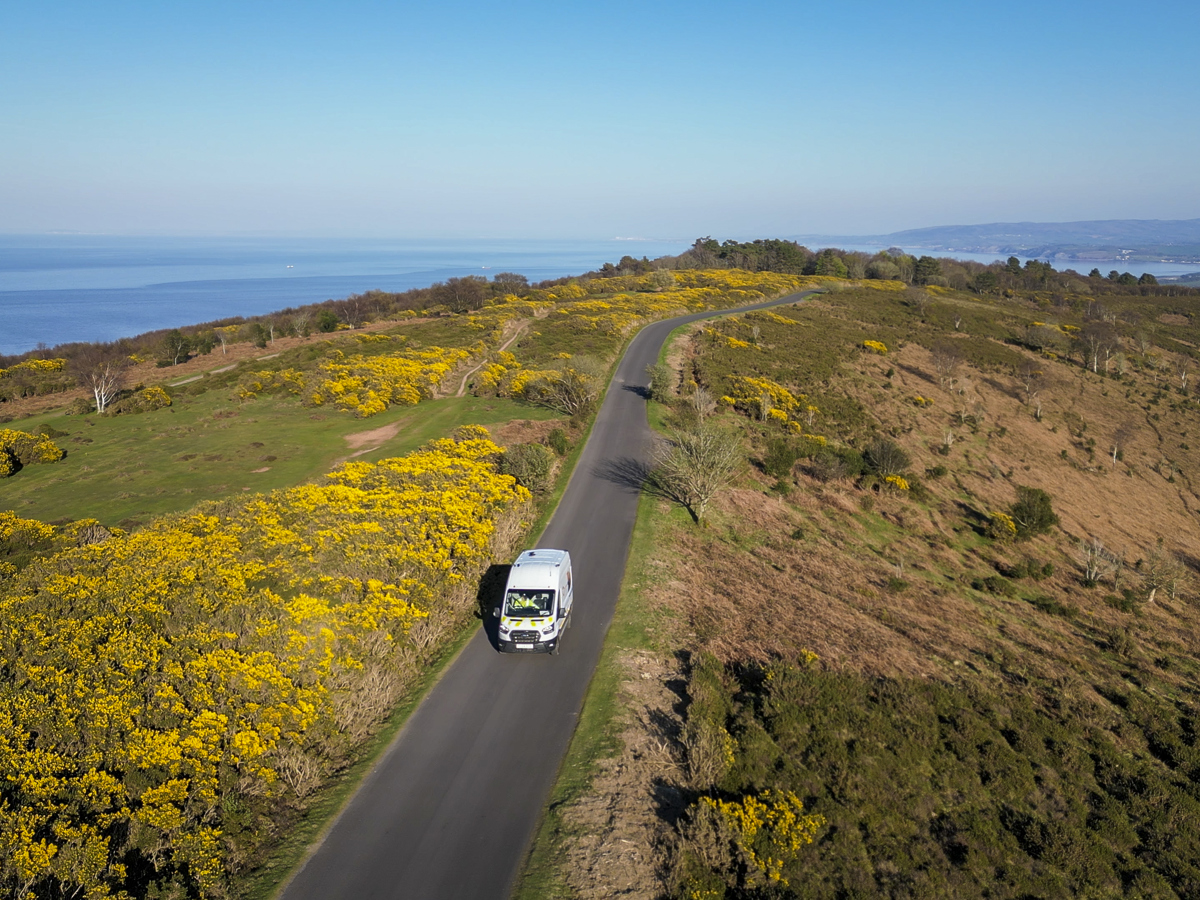
We've been working with Cannington Enterprises for over a decade to deliver biomethane to the Nether Stowey area.
The local farm takes waste from sources like supermarkets, farms, domestic waste, restaurants and schools to transform it into a green gas. This waste then goes through anaerobic digestion, a process where microorganisms break down waste in the absence of oxygen to create biogas.
We use waste materials like crops, livestock waste, food waste, agricultural residues and sewage sludge to produce biomethane. This reduces greenhouse gas emissions associated with waste decomposition and so, biomethane is classed as renewable.
The biogas generated is upgraded onsite to biomethane - which is very similar to natural gas. We then use a technology called reverse compression to increase the pressure within the system to match that of the existing gas grid. Once complete the gas is ready to be used in the current gas network or used as vehicle fuel.
Cannington Enterprises' biomethane plant generates 1200scmh of gas (enough to supply neighbouring towns Nether Stowey and Over Stowey) with their entire gas demand. In fact, on a mild day, the gas generated at Cannington Enterprises can go even further - supplying Cannington village.

Over the past 25 years the UK has produced biomethane plants that generate over 7TWh of energy. Research suggests that availability of sustainable feedstocks in the UK is sufficient to generate over 50 TWh of biomethane by 2030, rising to 128 TWh by 2050. We want to increase the number of biomethane producers connected to our network.




